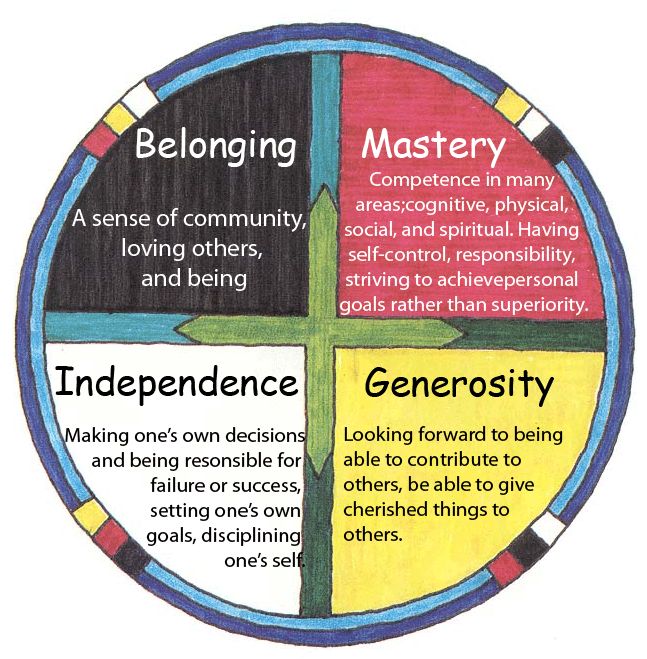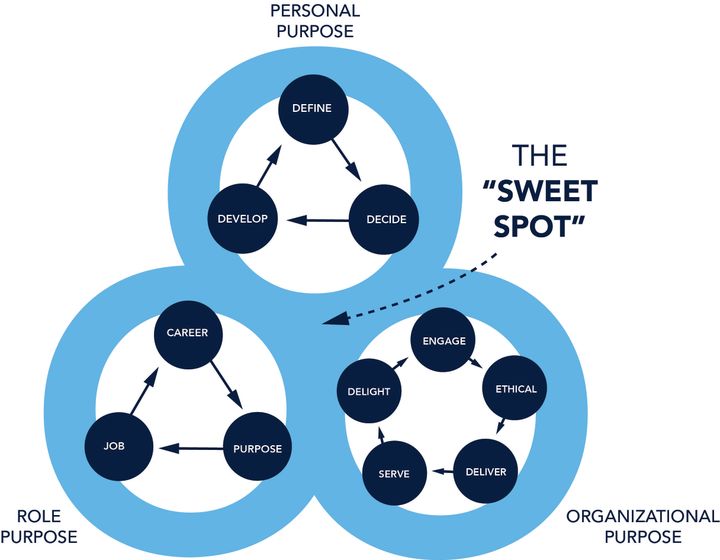Donald Trump won the American presidency. If you happen to be a K-12 teacher/educator, here’s a handy lesson plan you may want to consider.
1. Lesson Plan Information
Subject/Course: All of them
Grade Level: K-12
Topic: Trump Presidency
Length of Period: For as long as it takes
2. Expectation(s)
Expectation(s):
Brutal honesty. Don’t sugarcoat the situation. America is divided, broken. But it is the young citizens that are needed—more than ever—to push forward with a path to reconciliation. Our future depends on young people.
Learning Skills (Where applicable):
Compassion, honesty, respect, collaboration, empathy, creativity and love.
3. Content
What do I want the learners to know and/or be able to do?
Today learners will: appreciate democracy, break down divisions, create bridges and plan for a brighter, and better future where the word human is remembered as being an important/critical aspect of the word humanity.
4. Assessment (collect data) / Evaluation (interpret data)
(Recording Devices (where applicable): anecdotal record, checklist, rating scale, rubric)
Based on the application, how will I know students have learned what I intended?
All students agree better days lie ahead, but they also recognize it is up to them to create that future. Each student submits a one or two-line “personal purpose” statement that outlines how they are going to positively impact and change the state of America, as they shift from childhood to adulthood.
5. Learning Context
A. The Learners
(i) What prior experiences, knowledge and skills do the learners bring with them to this learning experience?
18-months of campaigning between Republican and Democratic primaries and general election hubris of 2015/2016.
(ii) How will I differentiate the instruction (content, process and/or product) to ensure the inclusion of all learners?
A sense of purpose, equality and respect knows no bounds. It is expected the teacher teaches to all skill levels and current understanding of the current situation in American politics and society in general.
B. Learning Environment
Open space, preferably in a circle to signify inclusion, togetherness and collaboration. (see Circle of Courage graphic below)
C. Resources/Materials
It is expected the teacher utilizes the Circle of Courage metaphor from First Nations. Arranging the class in an open-spaced circle (no desks), the teacher can then introduce the Circle of Courage as a metaphor of contemplation with respect to what society requires from each of us as human beings.
6. Teaching/Learning Strategies
INTRODUCTION
How will I engage the learners? (e.g., motivational strategy, hook, activation of learners’ prior knowledge, activities, procedures, compelling problem)
1) Show video highlights of 2016 Presidential debates. Then show acceptance speech of Donald Trump and consolation speech of Hillary Clinton.
2) Show exit polling data – differences between general population race and age brackets.
3) Ask open ended questions with the class. Begin a dialogue. Insert the Circle of Courage as an introductory metaphor.
MIDDLE:
Teaching: How does the lesson develop?
How we teach new concepts, processes (e.g., gradual release of responsibility - modeled, shared, and guided instruction).
1) Have students pair up with one another. Give them 5-10 minutes to define the attributes, behaviours and qualities they expect from each other as humans. Ask them to share with a group beside them.
2) Select several groups to share their results with the rest of the class.
3) Begin to explore the aspect of “purpose.” Engage the class in a discussion. What is purpose? What is your personal purpose? What is society’s purpose? How will purpose happen when you have to work? How can we ensure what you want and what society needs—in terms of purpose—is appropriate, measured and achieved?
4) Utilize “The Purpose Effect” model as a way to introduce this concept. (See graphic below)
Consolidation and/or Recapitulation Process: How will I bring all the important ideas from the learning experiences together for/with the students? How will I check for understanding?
1) Put students into groups of 3-4. Have them think of a business they want to start in adulthood. Ask them to define how that business is going to operate. Ask them to define a “purpose statement” for their business.
2) Each group shares their 1-3 line purpose statement for the business they have dreamed up. (Note: steer them in the direction of balancing society, versus solely seeking profits, etc.)
3) Ask the class to decide what group has the best “purpose statement.” Why would you buy their product/service versus the others? (Push for the behaviours/attributes that were outlined earlier.)
Application: What will learners do to demonstrate their learning? (Moving from guided, scaffolded practice, and gradual release of responsibility.)
1) Give students time to create their own personal purpose statement. What is it they want to be, in terms of their what, who and how? Use the following guideline:
a. Develop. What is the student going to do to grow and establish their personal values, priorities and attributes? Students who successfully and continuously develop, answer the question: What am I doing to evolve my self?
b. Define. Who is the individual trying to become in life? Students who successfully define, answer the question: Who am I in life and at work?
c. Decide. How will the individual operate when balancing the realities of life with the opportunity for growth? Students who successfully decide, answer the question: How will I operate and be perceived by others?
2) Ask those that want to share, to share their personal purpose statement with the class.
7. CONCLUSION: How will I conclude the lesson?
Read the following:
Desiderata
Go placidly amid the noise and haste, and remember what peace there may be in silence. As far as possible without surrender be on good terms with all persons. Speak your truth quietly and clearly; and listen to others, even the dull and ignorant; they too have their story. Avoid loud and aggressive persons, they are vexations to the spirit. If you compare yourself with others, you may become vain and bitter; for always there will be greater and lesser persons than yourself.
Enjoy your achievements as well as your plans. Keep interested in your career, however humble; it is a real possession in the changing fortunes of time. Exercise caution in your business affairs; for the world is full of trickery. But let this not blind you to what virtue there is; many persons strive for high ideals; and everywhere life is full of heroism.
Be yourself. Especially, do not feign affection. Neither be critical about love; for in the face of all aridity and disenchantment it is as perennial as the grass.
Take kindly the counsel of the years, gracefully surrendering the things of youth. Nurture strength of spirit to shield you in sudden misfortune. But do not distress yourself with imaginings. Many fears are born of fatigue and loneliness. Beyond a wholesome discipline, be gentle with yourself.
You are a child of the universe, no less than the trees and the stars; you have a right to be here. And whether or not it is clear to you, no doubt the universe is unfolding as it should.
Therefore be at peace with God, whatever you conceive Him to be, and whatever your labors and aspirations, in the noisy confusion of life keep peace with your soul. With all its sham, drudgery and broken dreams, it is still a beautiful world. Be careful. Strive to be happy.
© Max Ehrmann 1927
8. My Reflections on the Lesson
What do I need to do to become more effective as a teacher in supporting student learning?
All of us are marching toward our own path to the waterfall. Death befalls us all. How we treat one another—how we engage with society—is what ultimately defines us. Purpose trumps hate on that path, for all of us.

Circle of Courage

The Purpose Effect, courtesy author Dan Pontefract
